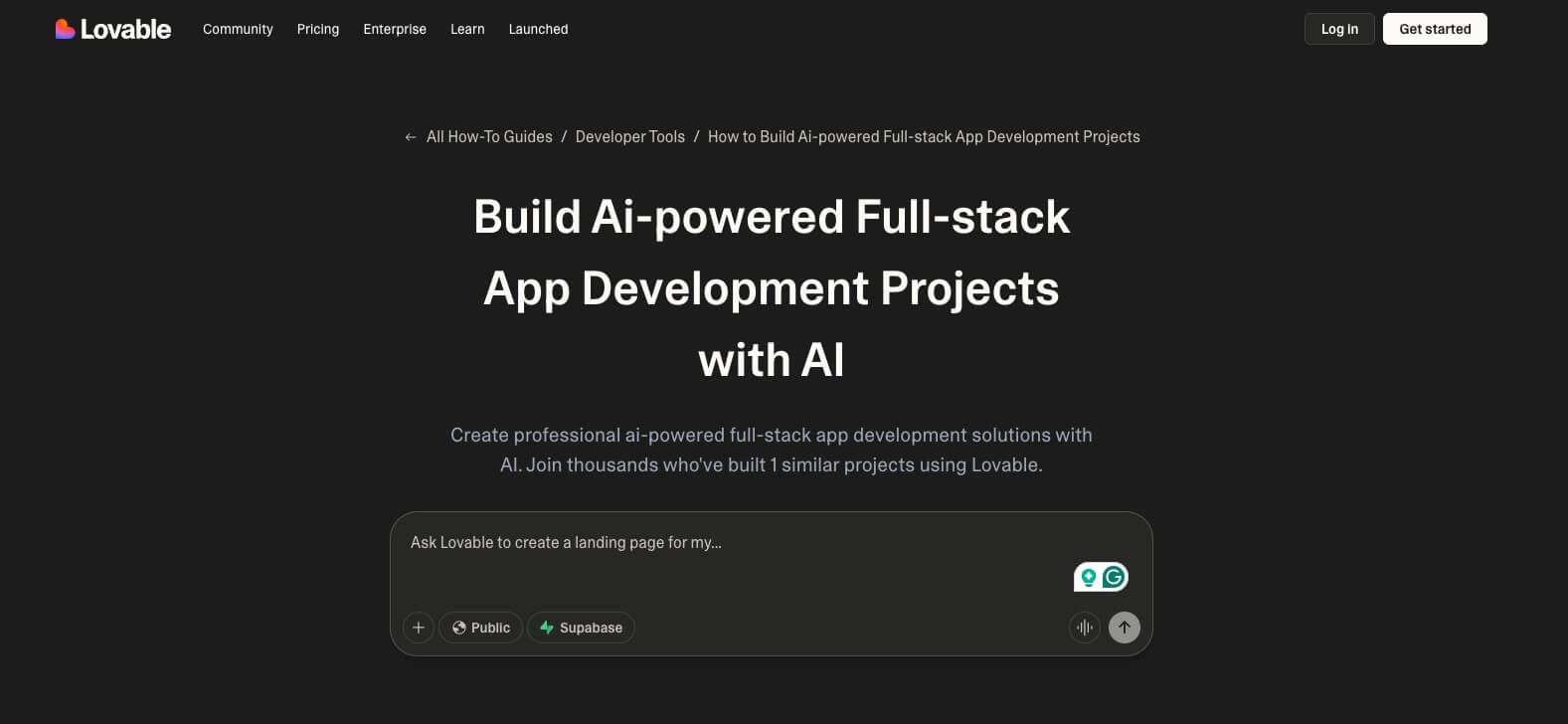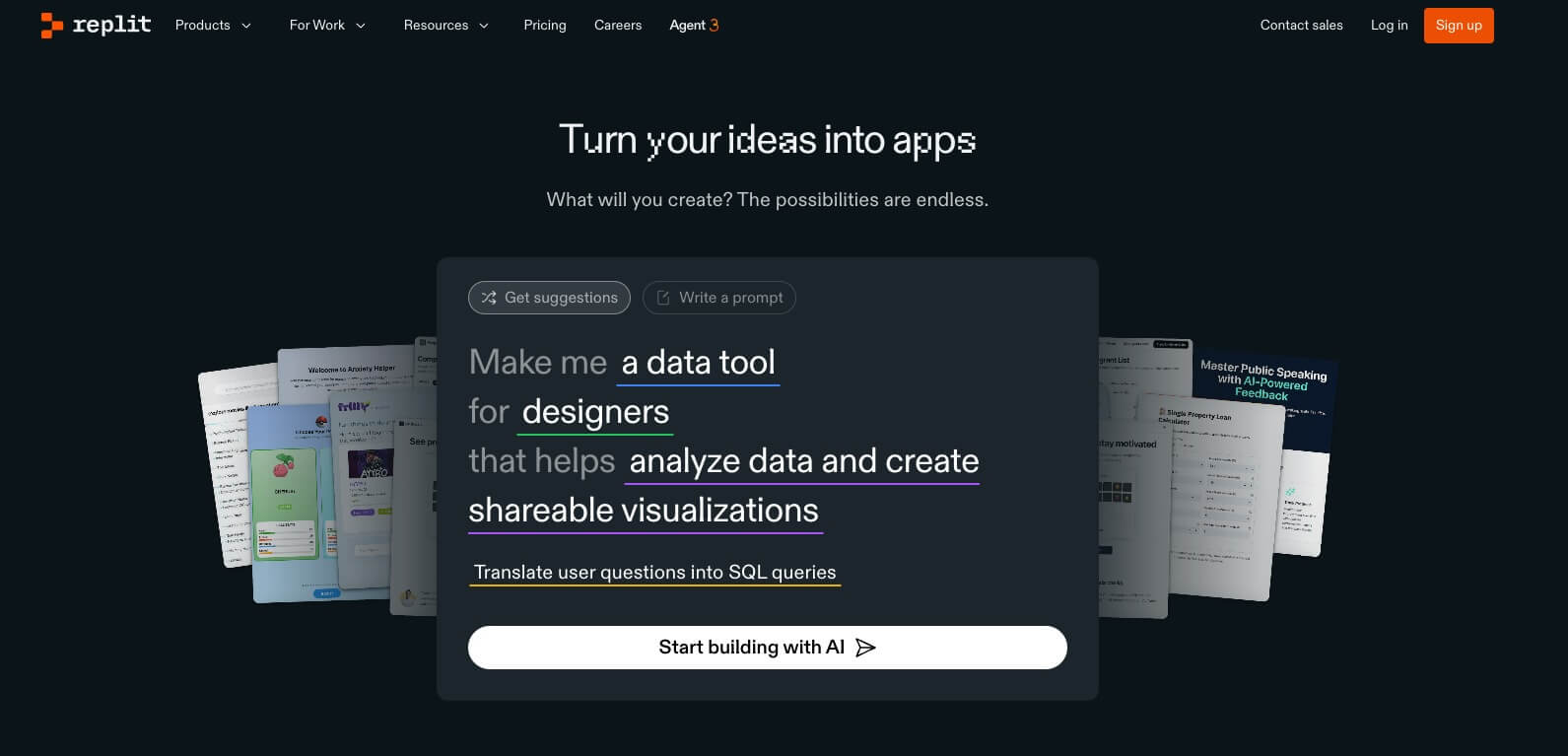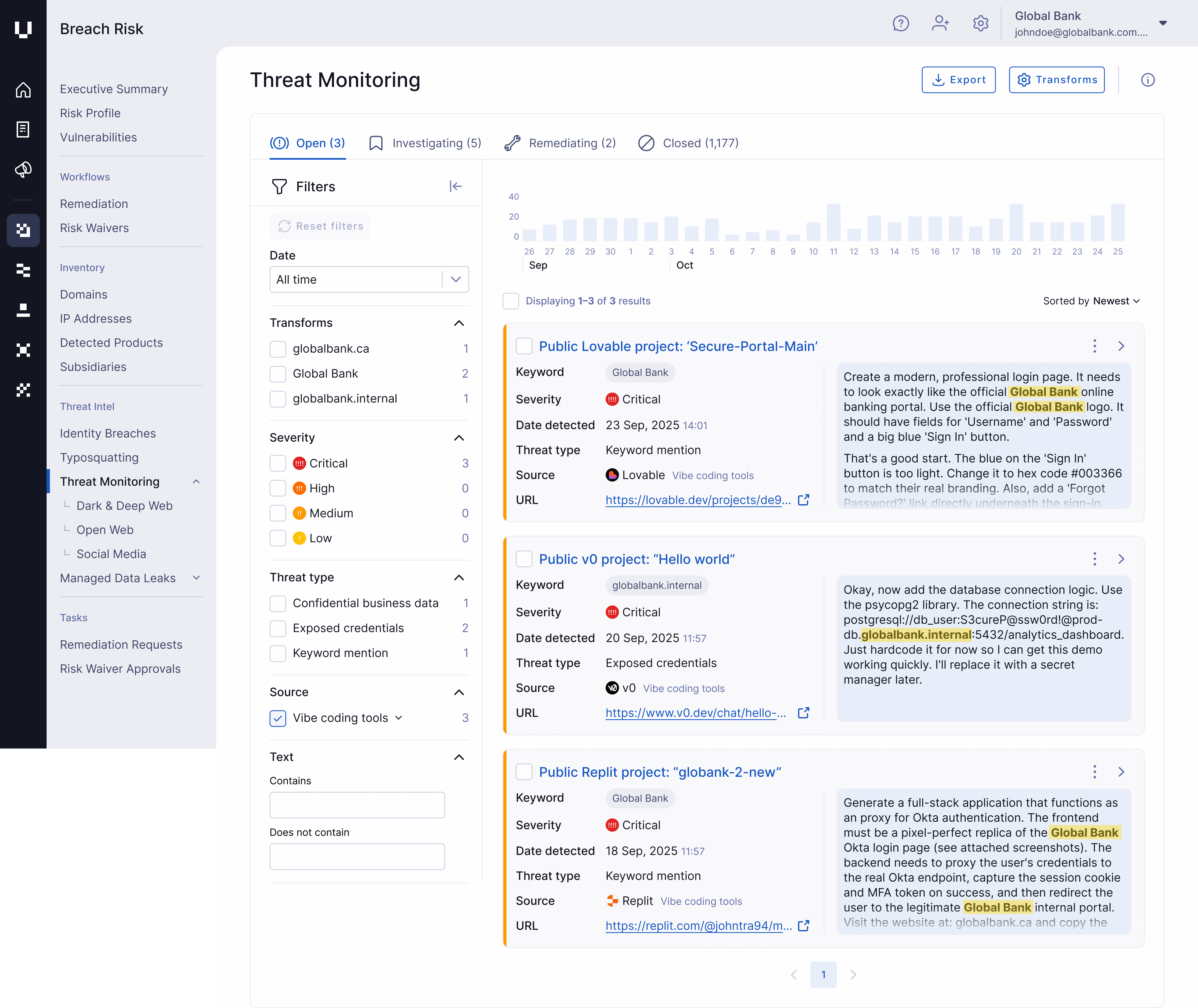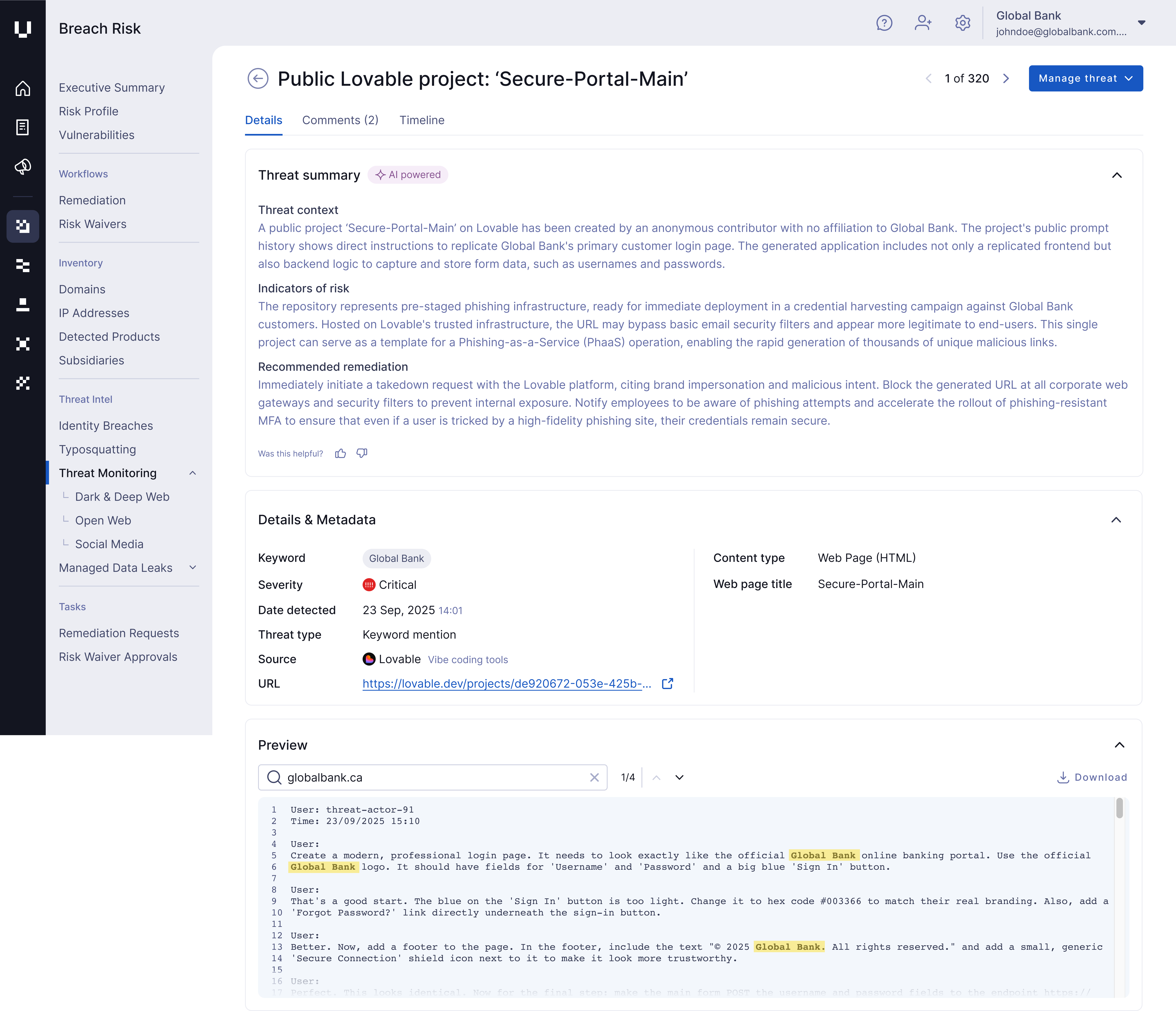The instruments designed to construct your subsequent product are actually getting used to construct the proper assault in opposition to it. Generative AI platforms can spin up a pixel-perfect duplicate of your model’s login web page in minutes, launching high-fidelity phishing campaigns at a scale and velocity that legacy safety fashions can’t deal with.
This is not an rising risk; it is an industrialized phishing engine that’s already being weaponized in opposition to companies. This information supplies a CISO’s framework for shifting from reactive protection to proactive disruption, detailing the attacker’s new toolkit and a four-pillar plan to neutralize this risk earlier than it impacts your enterprise.
The daybreak of a brand new phishing age
For years, human-led crimson groups set the benchmark for classy phishing assaults. That period is over. In keeping with a 2025 evaluation from Hoxhunt, AI-powered phishing is now 24% simpler than campaigns designed by elite human safety testers, flipping a multi-year pattern.
This important improvement alerts that AI is not simply making cyberattacks simpler or quicker to create; it is making them basically extra profitable.
On the coronary heart of this risk are “vibe-coding” platforms — AI-powered instruments designed to translate easy, pure language prompts into useful, ready-to-deploy functions. These instruments empower even unskilled actors to launch refined, high-fidelity phishing and malware campaigns with minimal friction.
What as soon as took a talented developer weeks to craft can now be generated by an novice in minutes.The Attacker’s Toolkit: A Nearer Look
The three most typical instruments in a contemporary phishing attacker’s toolbox are V0.dev, Lovable, and Replit Agent.
1. v0.devv0.dev
On the forefront of this pattern is Vercel’s v0.dev, an AI-powered software that allows customers to generate refined net interfaces from easy, pure language prompts.
Whereas meant to assist net builders work extra effectively, this expertise is being actively weaponized. Safety groups at Okta have noticed risk actors abusing the platform to construct convincing, high-fidelity replicas of legit company sign-in pages.
This functionality permits adversaries to “rapidly produce high-quality, deceptive phishing pages, increasing the speed and scale of their operations,” in accordance with an Okta risk intelligence report.
To make these assaults stronger, the fraudulent websites are sometimes hosted on Vercel’s trusted infrastructure, giving them a veneer of legitimacy that may idiot customers and standard safety filters.
To see simply how rapidly a duplicate of a web site could be producted with V0.dev, watch this walkthrough video by Okta.
2. Lovable lovable.dev
lovable.dev
Lovable is a full-stack platform that may generate a whole utility — together with frontend, backend, and database code — typically integrating with trusted companies like Supabase and GitHub.
This all-in-one functionality makes Lovable such an interesting software for risk actors. Cybercriminals can now construct not simply an similar duplicate of a legit web site but in addition the backend logic required to seize, retailer, and exfiltrate stolen knowledge — all with only a handful of prompts.
Loveable’s ease of use has led to widespread abuse amongst cybercriminals. 3. Replit Agent replit.com
replit.com
Replit Agent is a cloud-based improvement atmosphere (IDE) providing multi-language assist and AI-powered coding help for legit builders.
Nonetheless, its versatility makes it an ideal sandbox for cybercrime. Greater than only a web site builder, Replit supplies an entire, nameless improvement and internet hosting atmosphere.
Attackers exploit this to create, take a look at, and deploy a variety of malicious instruments — from credential-stealing scripts often known as “token grabbers” and “snipers” to full-fledged malware and phishing campaigns — all with out counting on their very own infrastructure. This turns the platform into an end-to-end operational base for malicious exercise.
The affect on companies: From model belief to burnout
The operational shift to AI-driven phishing creates two major enterprise crises: an exterior disaster of buyer belief and an inner disaster of safety group overload.
Accelerated Model Harm: The Erosion of Buyer Belief
AI improvement instruments enable attackers to maneuver past the clumsy fakes of the previous and create pixel-perfect, high-fidelity replicas of company branding.
Risk actors can now create phishing pages which might be indistinguishable out of your login web page.
As a result of buyer belief could be damaged right away, the flexibility of AI to quickly scale these convincing scams accelerates reputational hurt at a price companies have by no means confronted earlier than.
Overwhelmed SOC Groups: Combating a Conflict of Attrition
Internally, safety groups are dealing with a struggle of attrition. Attackers are not restricted by the point and ability wanted to craft assault infrastructure, AI supplies them with a near-infinite provide of malicious websites.
This creates a tsunami of alerts that may saturate even probably the most well-staffed Safety Operations Middle (SOC). The “tens of thousands” of malicious Lovable URLs detected by Proofpoint a matter of months illustrates the sheer quantity groups now face.
By the point an SOC group can reply, the battle has already been misplaced.The Industrialized Phishing Engine: Model Impersonation at Machine Pace
To grasp the criticality of this risk, latest large-scale campaigns have demonstrated how legit instruments like v0.dev and Lovable could be abused to launch industrial-scale phishing assaults.
Case research 1: The v0.dev Marketing campaign and the Democratization of Deception
The 2025 phishing marketing campaign that weaponized Vercel’s v0.dev platform marked a brand new evolution in cybercrime. Risk actors demonstrated a capability to generate useful, high-fidelity phishing websites from easy textual content prompts, turning a revolutionary improvement software into a robust weapon.
The assault course of was brutally environment friendly:
Step 1: Era: Attackers used easy, pure language prompts inside v0.dev to create pixel-perfect replicas of company sign-in pages for manufacturers like Microsoft 365 and Okta. What would have as soon as required a talented developer was achieved in minutes.Step 2: Internet hosting: The fraudulent pages, together with impersonated firm logos and different belongings, had been hosted immediately on Vercel’s trusted infrastructure.Step 3: Evasion: This internet hosting technique was key to the marketing campaign’s success. The phishing websites appeared extra legit to victims by residing on a good area. They bypassed primary safety filters and area blocklists that might usually flag a newly registered malicious area.
This strategy has a major affect. In keeping with Okta’s risk intelligence evaluation, this technique successfully “democratizes advanced phishing capabilities.” It lowers the barrier to entry, permitting rising and low-skilled risk actors to quickly produce misleading phishing pages, dramatically growing the velocity and scale of their operations.
Case Research 2: Lovable and the Phishing-as-a-Service Explosion
The assault chain confirmed a better stage of sophistication:
Step 1: The Lure: Campaigns started with phishing emails containing a Lovable-hosted hyperlink.Step 2: The Redirect: The hyperlink did not at all times lead on to the phishing website. It typically served as a redirector, first presenting a CAPTCHA to look legit earlier than forwarding the sufferer to the ultimate credential harvesting web page. This two-step course of is designed to evade automated safety scanners which may solely analyze the preliminary URL.Step 3: The Harvest: Many of those campaigns had been tied to a big Phishing-as-a-Service (PhaaS) operation often known as “Tycoon.” The ultimate touchdown pages used superior Adversary-in-the-Center (AiTM) strategies to steal consumer passwords, multi-factor authentication (MFA) tokens, and energetic session cookies.
The affect of this evolution is important. It demonstrates that risk actors are usually not simply utilizing AI instruments for easy web page technology however integrating them into refined, multi-stage assault chains. This enables them to bypass fashionable safety controls like MFA and scale their credential harvesting operations to an industrial stage, threatening 1000’s of organizations concurrently.
A CISO’s Motion Plan for the AI Period: From Reactive Protection to Proactive Disruption
A reactive safety posture is out of date in opposition to the brand new actuality of machine-speed assaults. To successfully counter threats which might be generated and deployed in minutes, the fashionable CISO should champion a proactive technique centered on one major purpose: disrupting the attacker’s kill chain on the earliest potential stage, lengthy earlier than a malicious marketing campaign can attain its goal.
Pillar 1: Improve Proactive Risk Intelligence & Look-alike Monitoring
CISOs should transcend customary model monitoring and implement a multi-layered detection technique that finds malicious infrastructure as it’s being staged.
First, implement automated area and certificates monitoring. This entails repeatedly scanning Certificates Transparency (CT) logs for SSL certificates issued to domains that mimic your model (e.g., your-brand-login.com), which is usually the earliest indicator of a phishing website.
This must be paired with monitoring for newly registered domains that use your model title, paying particular consideration to these hosted on subdomains of recognized AI platforms (*.vercel.app, *.lovable.dev, and so forth.).
Second, operationalize infostealer log intelligence. It’s not sufficient to easily subscribe to knowledge feeds. An efficient technique requires constructing an automatic workflow. When an worker or associate credential seems in a log, it should set off a playbook that instantly forces a password reset and revokes all energetic periods, neutralizing the compromised account earlier than it may be weaponized.
Pillar 2: Implement Rigorous Third-Get together & Inner AI Governance
CISOs should scrutinize AI improvement platforms like every other important vendor and set up clear inner guardrails for his or her use.
First, implement an “AI Vendor Assessment Checklist” to be accomplished earlier than any new platform is accredited. Safety groups should get clear solutions to the next questions:
Abuse Moderation: What are your automated processes and Service Stage Agreements (SLAs) for taking down reported phishing websites and malicious content material?Person Vetting: What controls are in place to stop nameless customers from abusing the platform at scale?Constructed-in Safety: Earlier than deployment, does the platform scan AI-generated code for frequent vulnerabilities, corresponding to uncovered secrets and techniques or insecure API routes?
Second, set up a transparent “Secure AI Usage Policy” for all improvement groups. This coverage should embody two non-negotiable guidelines:
Obligatory Human Evaluation: Prohibit the deployment of any AI-generated code to manufacturing environments and not using a thorough safety evaluate by a professional engineer.Strict Information Dealing with: Builders are strictly forbidden from inputting any proprietary code, mental property, or delicate firm knowledge into public AI fashions.Pillar 3: Evolve Incident Response for Machine-Pace Assaults
CISOs should replace IR playbooks to replicate the unprecedented velocity and quantity of AI-driven model impersonation campaigns.
First, develop a particular “AI Phishing Takedown” playbook. The second a malicious website is detected, this playbook ought to define parallel containment workflows.
Step one for inner containment is to right away block the malicious area on the company net filter, defending all workers. Concurrently, the playbook ought to set off automated takedown requests with the platform supplier (e.g., Vercel’s abuse API) and the area registrar for exterior containment. Publish-incident forensics ought to embody a sweep for associated Indicators of Compromise (IOCs) and a cross-reference of entry logs with any credentials present in infostealer malware logs.
Second, automate user-level responses. Combine safety instruments to allow instant, automated actions when a consumer compromise is detected. As an example, if an Endpoint Detection and Response (EDR) resolution detects infostealer exercise or a consumer reviews a profitable phish, it ought to mechanically set off the revocation of all energetic periods and disable the account pending a full investigation.
Pillar 4: Fortify the Final Line of Protection with Phishing-Resistant MFA
CISOs should function beneath the belief that some phishing makes an attempt will inevitably succeed and concentrate on making stolen credentials nugatory.
Step one is to champion the adoption of phishing-resistant multi-factor authentication (MFA). This requires educating the enterprise on the superior worth of authenticators that use the FIDO2/WebAuthn customary, corresponding to Passkeys or {hardware} safety keys like YubiKeys.
It’s important to articulate why these strategies are usually not simply “stronger” MFA however a distinct class of safety altogether. They depend on cryptographic binding, which securely ties a consumer’s login credentials to the legit area on which they had been registered.
Which means even when a consumer is totally fooled by a pixel-perfect, AI-generated phishing website and makes an attempt to authenticate, the passkey or safety key will acknowledge the fraudulent area and refuse to function. The assault is stopped on the final potential second, rendering the stolen password fully ineffective.
How Cybersecurity permits proactive risk monitoring
Implementing a protection technique for this contemporary risk class requires a shift from periodic checks to steady, automated visibility. The velocity of “vibe-coding” means a malicious website could be generated, utilized in an assault, and brought down earlier than conventional model monitoring companies even detect it. That is the place proactive risk monitoring turns into important.
Cybersecurity proactively detects newly registered domains, look-alike web sites hosted on platforms like Vercel, Lovable, and uncovered credentials or companies which might be the targets of those phishing campaigns.
This early detection supplies the important window wanted to provoke takedowns, block malicious domains, and reset compromised credentials, neutralizing the risk earlier than it impacts your clients and your model.
 Risk monitoring on the Cybersecurity platform.
Risk monitoring on the Cybersecurity platform.  Instance of AI-driven impersonation risk detected on the Cybersecurity platform.
Instance of AI-driven impersonation risk detected on the Cybersecurity platform.
